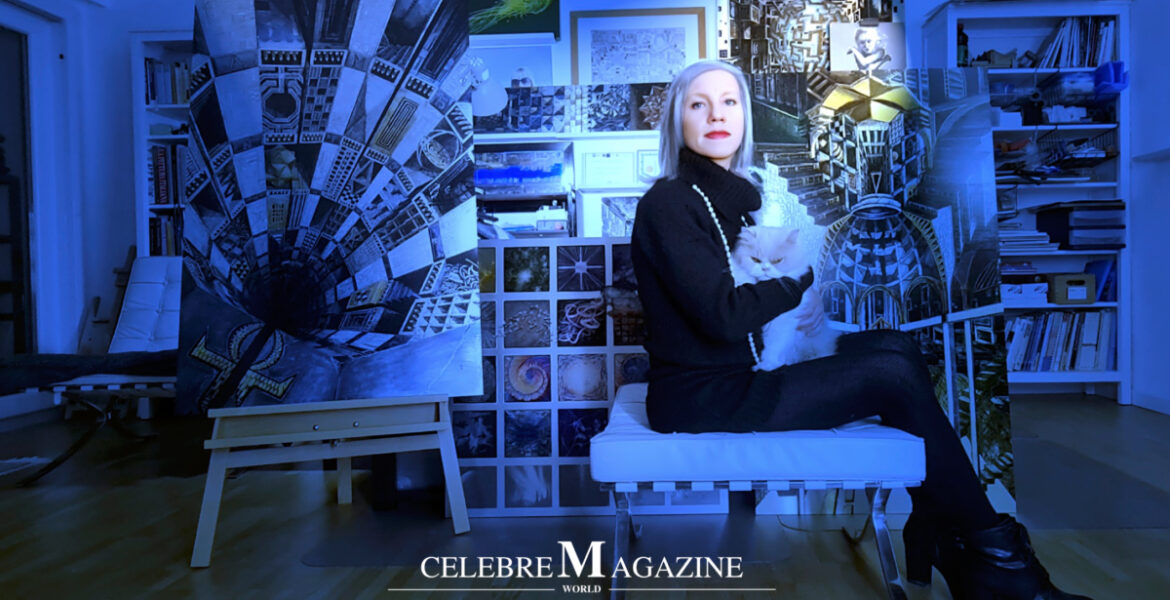When Stefania Pinsone moved to Basel, Switzerland, in 2009, her artistic soul already had a definite shape because it had been forged in the fire of the eternal city where she was born and raised. She is an art historian and an art teacher thanks to her degree in art history and a diploma in painting from the Academy of Fine Arts. To refine her skills and knowledge in both technical and cultural fields, she also gained experience teaching art history at some high schools in Rome.
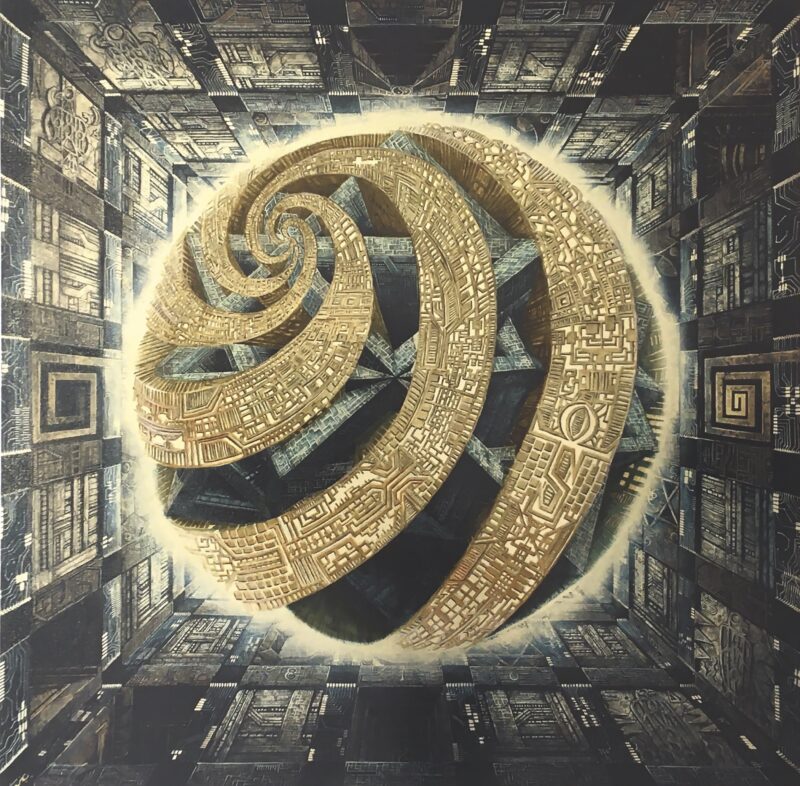
Since 2018 she has also been a professional graphic designer for the prestigious company IES ltd (Innovative Environmental Services) in Basel. At the same time, she has been collecting multiple awards in different exhibitions. In 2019 she won the EWAL Premier Art Award, awarded by Dan Fern, professor emeritus at the Royal College of Art in London. In the same year, the Italian ambassador in Switzerland, Silvio Mignano, presented her with the certificate of recognition as the best Italian expatriate talent.
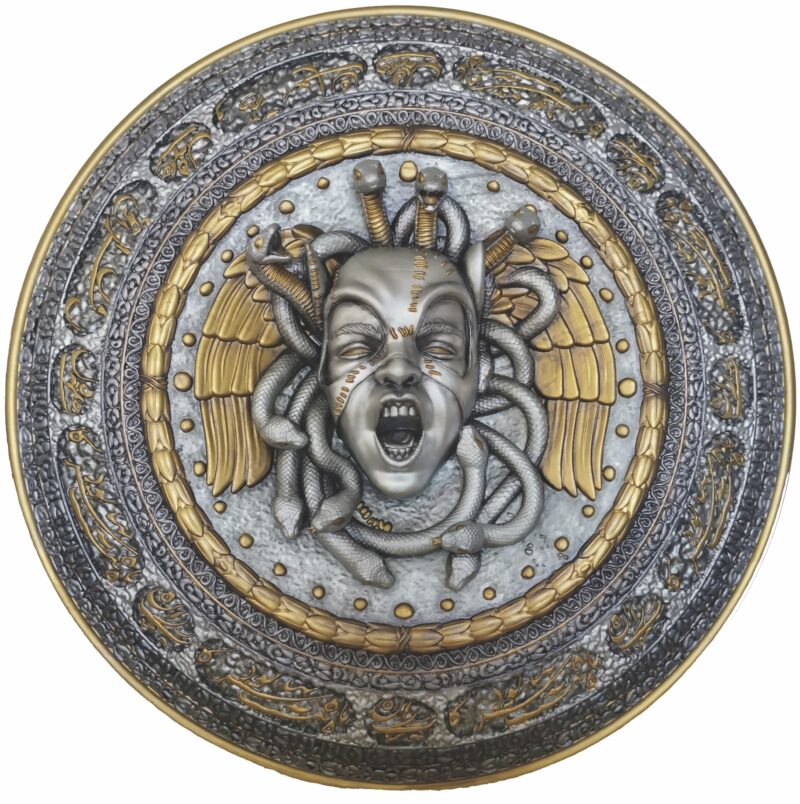
Listed in several publications as a visionary artist and illustrator, we find her in the book “International art today – 2016 and 2017” edited by Ingrid Gardill, in the Autumn-Winter 2020 editions of House & Garden, Tatler, GQ and Vogue (Condé Nast Publications) and in other publications. Her inspiration, always inclined to experimentation and pictorial research, finds the privileged means to travel and unite the ego with the super-ego in art.
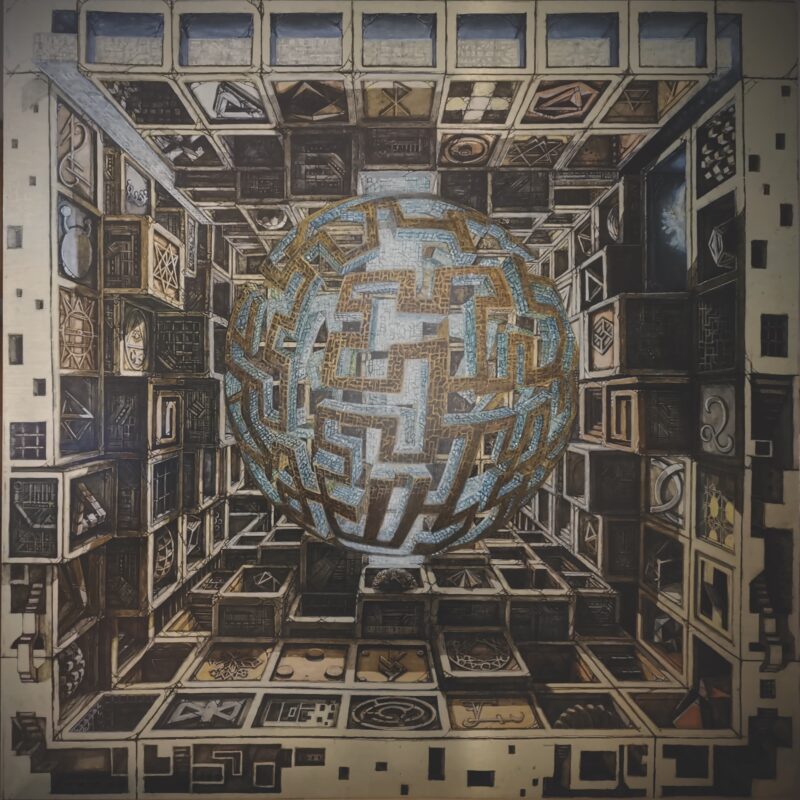
Every person has a submerged interiority, unconscious and waiting to be discovered. Stefania investigates it without underestimating its dangers. By tying herself to that Ariadne’s thread, she explores her soul without getting lost among archetypes and symbols rooted in each of us. The courage to re-emerge and recount these visions makes her an artist. In order to tell the story of the unconscious of each of us, there are no appropriate languages or characters other than the language of art, which breaks down all social conventions and cultural references. There is no top or bottom. If there is, it is specular, antinomian like an inside and an outside, a big or a small, as suggested by the principle of correspondence, the most important of the seven hermetic principles of the Kybalion.
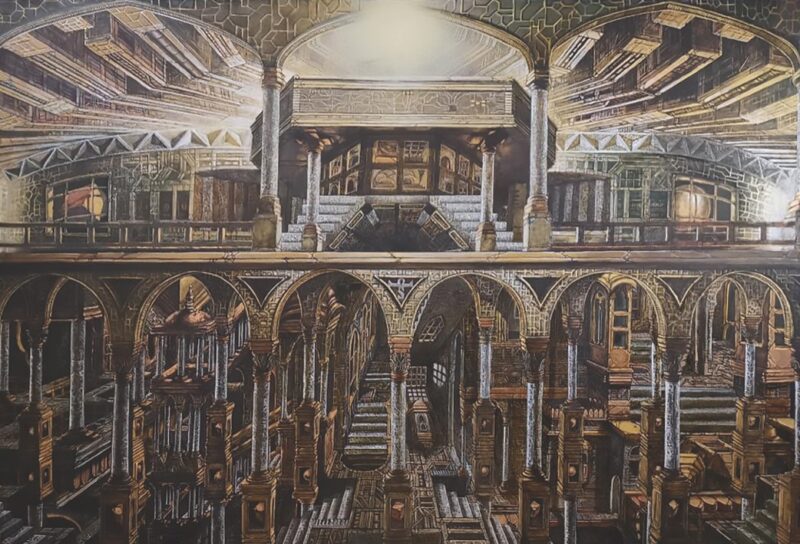
In each painting, we discover her inner journey. We can decipher her and our inner emotions through symbols, signs, architecture, and shapes without getting lost or hurting ourselves. In a perspective labyrinth of arches, stairs and columns, we can perceive the vertigo of bewilderment found in Escher’s works. Works with a classical flavour that seem to narrate the ancient and the legend and which are dressed in a science fiction and futuristic elegance.
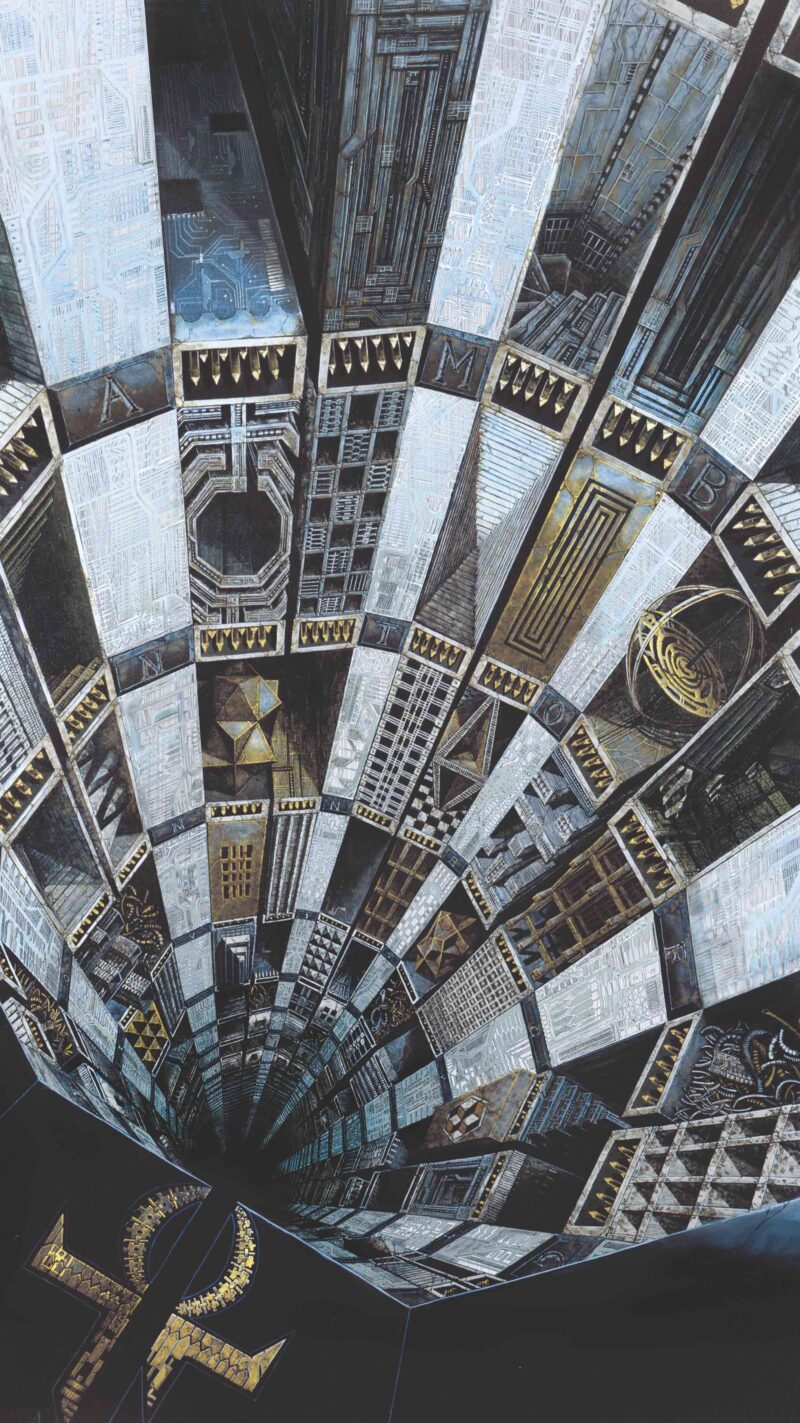
In her canvases, the artist’s soul takes possession of matter: gold, silver, bronze, aluminium, iron, copper and other elements suitable for experimentation, such as resins and Plexiglas. In order to emerge from the darkness, the work is surrounded by phosphorescent pigments, metallic or fluorescent colours, rhinestones and LED lights.
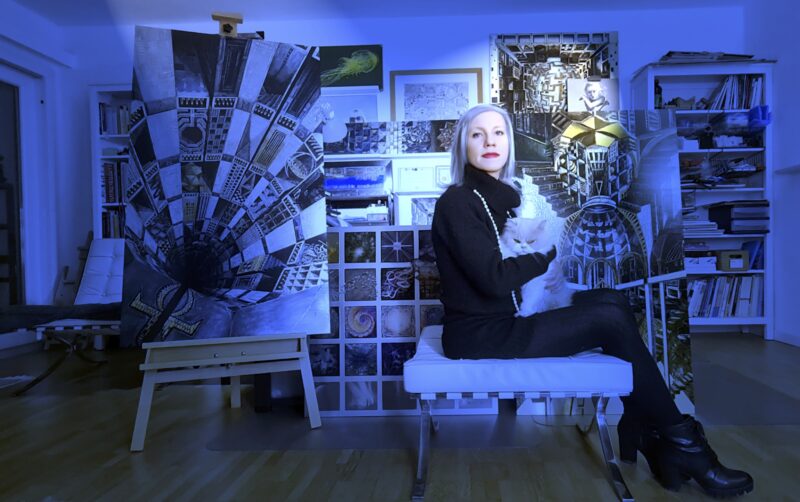
Art is a need, and Stefania Pinsone’s need is to use her inner self as a laboratory for artistic experimentation.
Enjoy even more @ Stefania Pinsone World
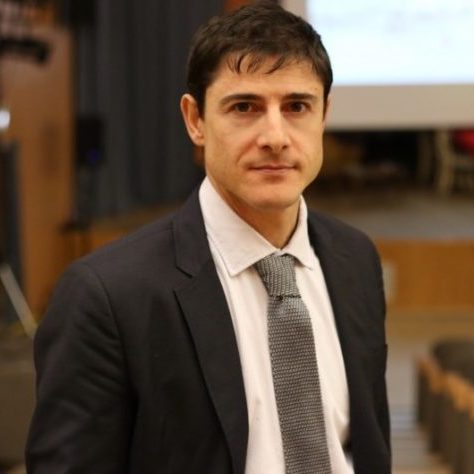
Article edit by Prof. Luca Caricato
Luca Caricato – The World of Art
Leonardo Da Vinci Scholar
Art Historian – Art Expert

